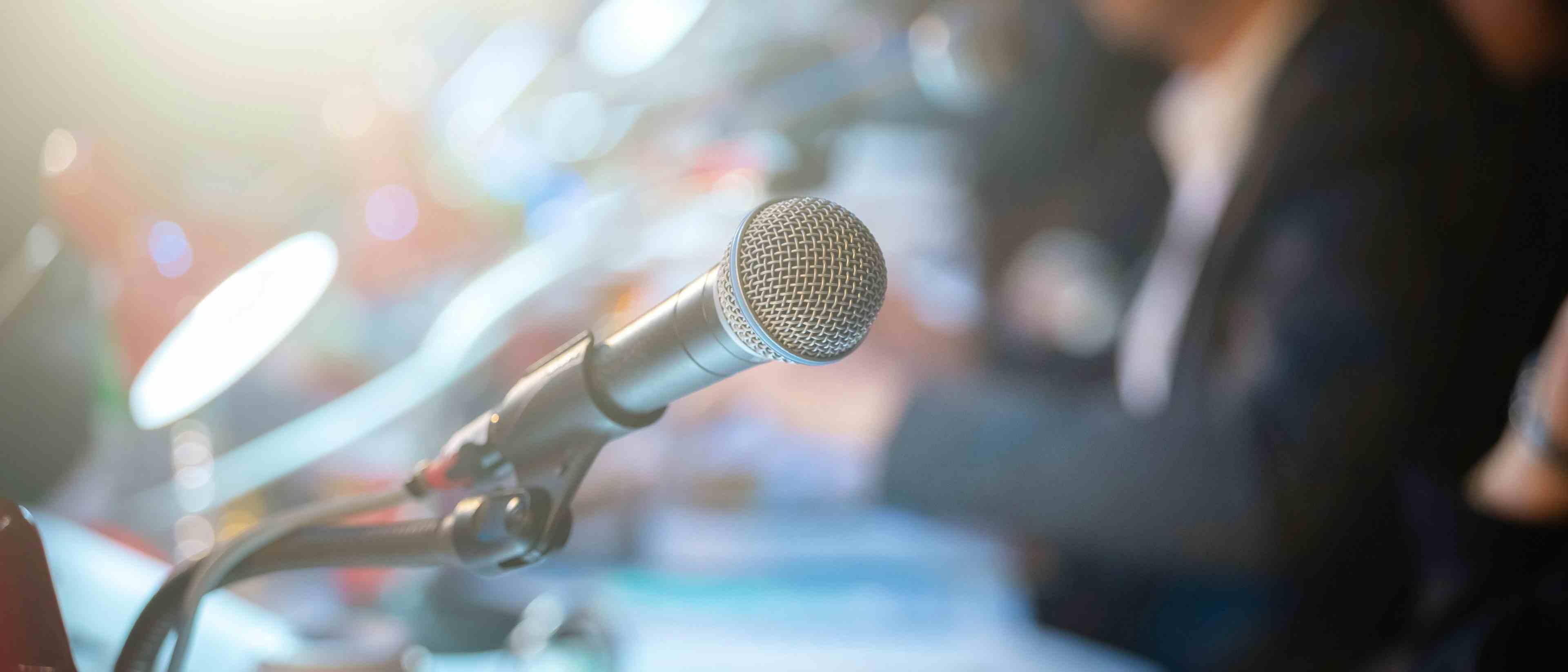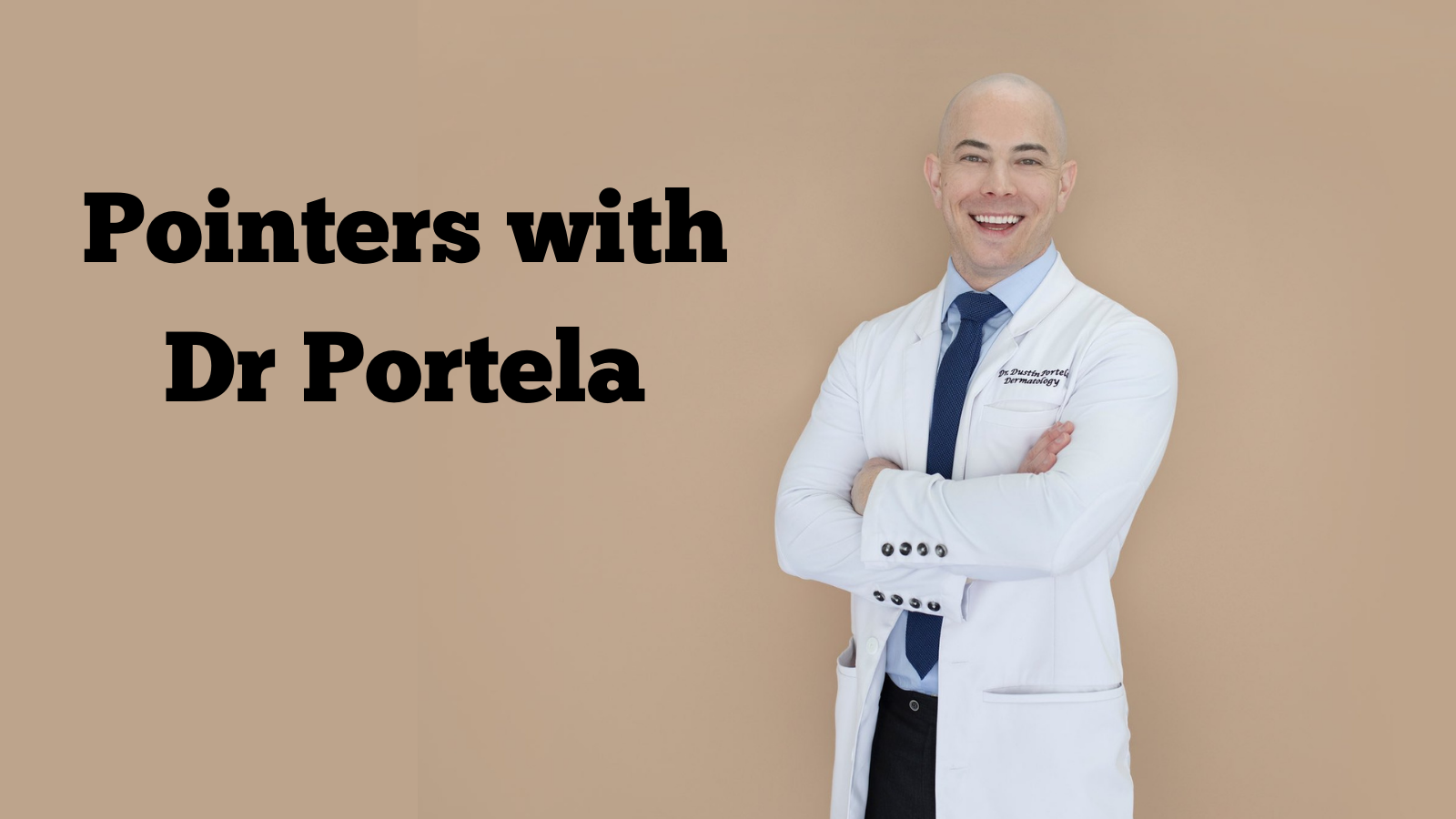- Acne
- Actinic Keratosis
- Aesthetics
- Alopecia
- Atopic Dermatitis
- Buy-and-Bill
- COVID-19
- Case-Based Roundtable
- Chronic Hand Eczema
- Drug Watch
- Eczema
- General Dermatology
- Hidradenitis Suppurativa
- Melasma
- NP and PA
- Pediatric Dermatology
- Pigmentary Disorders
- Practice Management
- Precision Medicine and Biologics
- Prurigo Nodularis
- Psoriasis
- Psoriatic Arthritis
- Rare Disease
- Rosacea
- Skin Cancer
- Vitiligo
- Wound Care
Article
New toxins: A perspective from two continents
Author(s):
Palm Springs, Calif. - Botox (botulinum toxin type A, Allergan) offers patients with moderate-to-severe glabellar lines longer lasting efficacy and greater treatment satisfaction compared with those patients treated with Dysport (botulinum toxin type A, Ipsen Limited), according to one expert.

"Hyperkinesis of the muscles in the glabellar region of the forehead contributes to the development of glabellar frown lines, and temporary paralysis of these hyperkinetic muscles using botulinum toxin type A can reduce the appearance of such lines," says Nicholas J. Lowe, M.D., F.R.C.P., F.A.C.P., clinical professor at UCLA School of Medicine and medical director of the Cranley Clinic for Dermatology, London.
"Botox Cosmetic and Dysport are the two commercial forms available, and I found it helpful to perform a study comparing Botox and Dysport for the treatment of glabellar rhytids. Also, these formulations behave in distinctly different ways electrophysiologically, as well as clinically, and the results obtained with one formulation cannot be extrapolated to the other," he explains.
The 62 patients (90 percent female) who participated in the study had a mean age of 41 years. Photographic evaluation at maximum contraction showed that 52 percent had moderate and 42 percent had severe glabellar lines at baseline.
Study results clearly demonstrated that those patients who were treated with 20 U of Botox, compared with those who received 50 U of Dysport, had a more prolonged efficacy in reducing glabellar line severity, and that patient satisfaction was noted to be significantly higher in the Botox group at 16 weeks. Both products were well-tolerated by the patients. Dr. Lowe explains the potency of Botox and Dysport is unit-dependent and considers the possible equivalency potency to be 1:3 or 4, depending on facial or neck area to be treated, based on his UK clinical practice.
The photographic grading assessment showed that at maximum contraction, the incidence of responders (glabellar line severity of none or mild) peaked at 53 percent in both groups. At week 12, the incidence of responders was 47 percent with Botox vs. a mere 21 percent with Dysport. Dr. Lowe noticed that throughout the follow-up period, a greater proportion of patients remained relapse free in the Botox group than in the Dysport group.
"There were also significant differences in the patient rating results. Patients in the Botox Cosmetic group reported at least a 50 percent improvement in glabellar line severity at week 12, as compared to only 33 percent in the Dysport group. Also, patients'ratings of satisfaction with their appearance improved significantly more during treatment with Botox Cosmetic than with Dysport. This is noteworthy because, although a subjective measure, patient judgment is of the utmost importance in the evaluation of cosmetic treatments," Dr. Lowe says.
In his UK practice, Dr. Lowe uses Botox in most new patients and on all facial and neck areas. When there is a "Dysport resistance," some patients may respond to Botox. Dysport injections, on the other hand, can be used when the patient is happy with past treatments with the toxin, where additional diffusion is desired, in patients with axillary hyperhidrosis or in those patients who have "Botox resistance." Here, some patients may respond to Dysport, he says.
Dr. Lowe adds that Myobloc/NeuroBloc (botulinum toxin type B, Solstice Neurosciences) can be used in patients who have a type A resistance, or if a rapid effect is desired. He says that the main problem here is that Myobloc/Neurobloc has only half of the duration as that of botulinum toxin type A.















